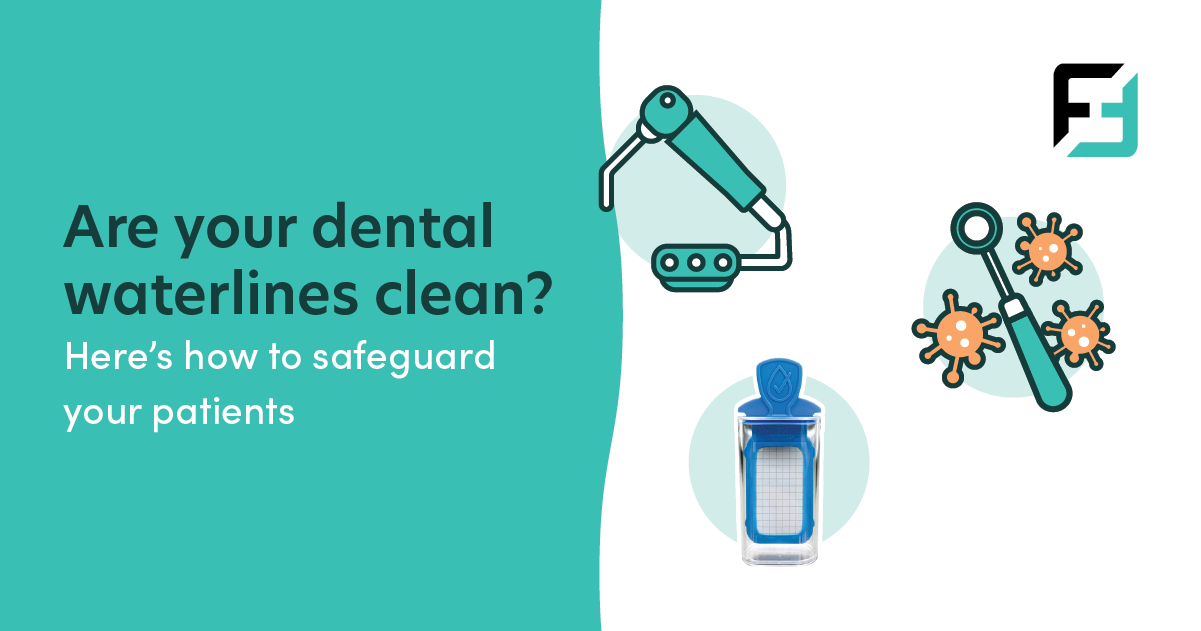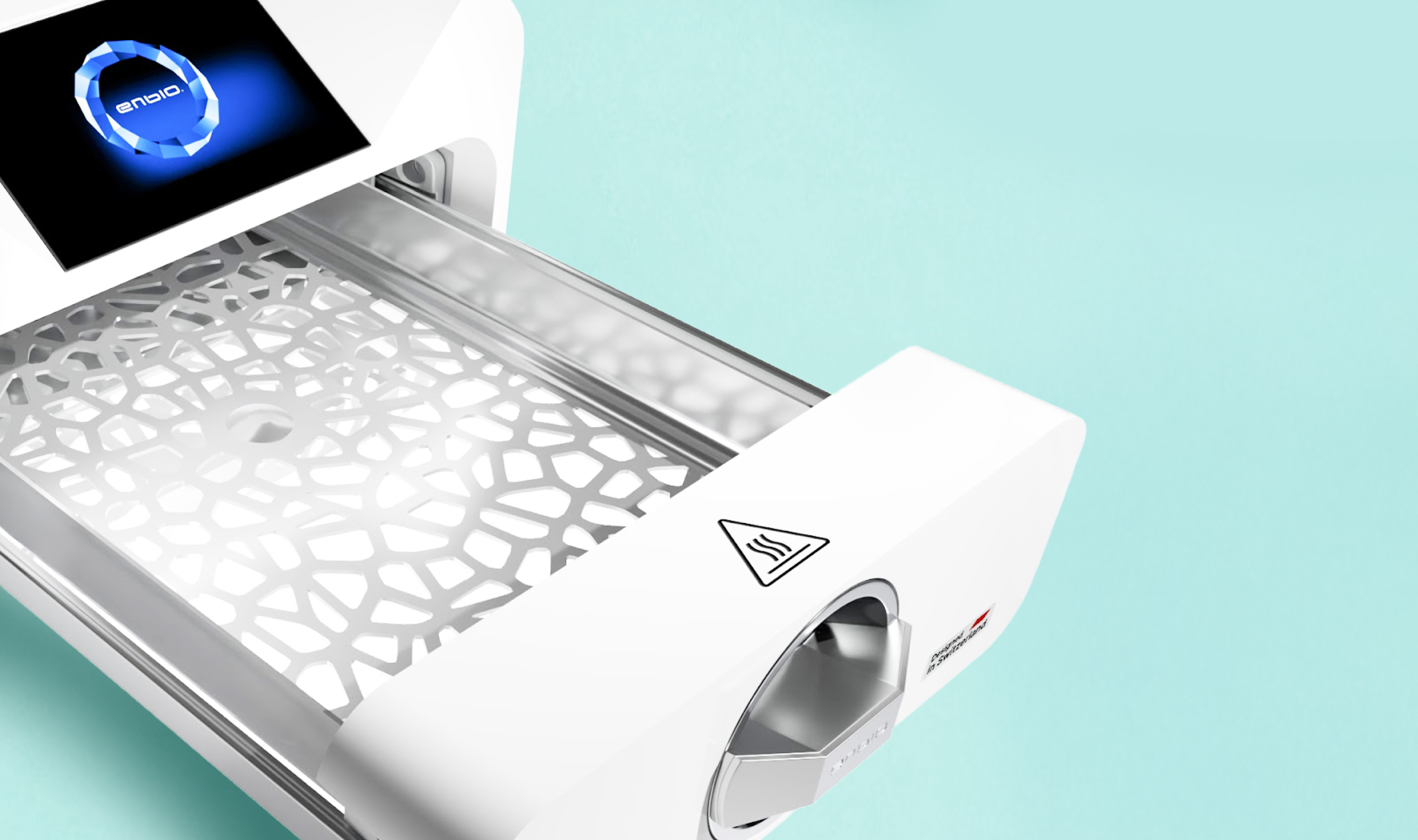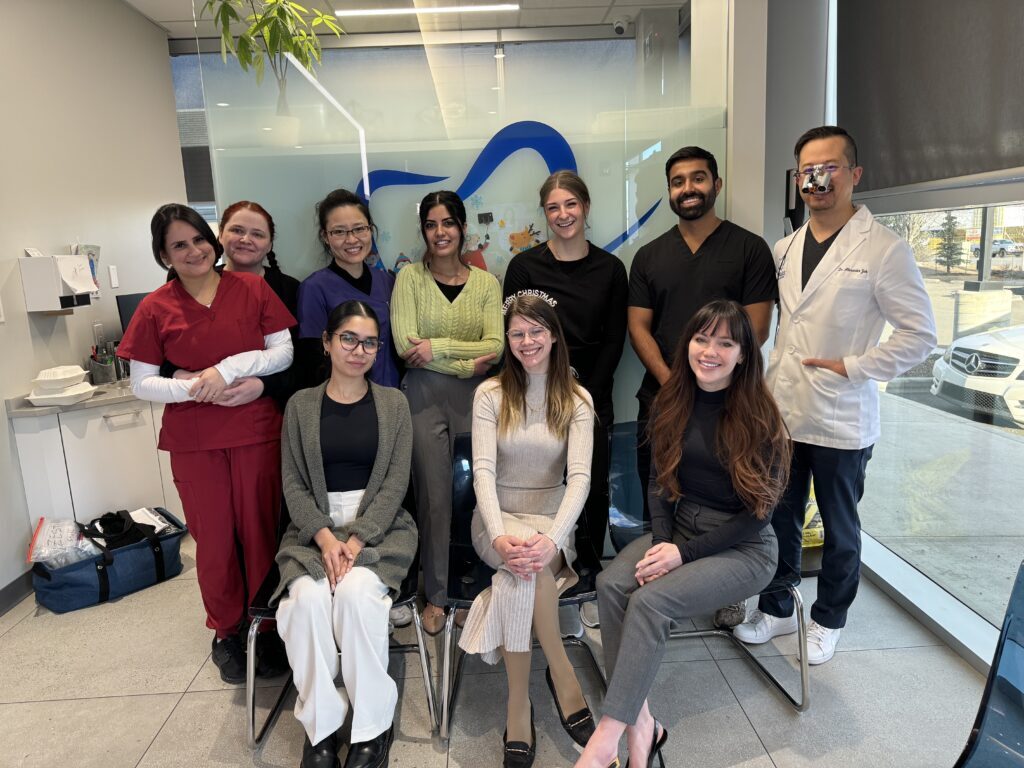Today’s dental curing lights: how they work, safe operation, and best practices.
Dental curing lights are essential for hardening polymer-based restorations and ensuring lasting, beautiful smiles. First introduced in the 1970s, curing lights has come a long way since the early days of ultraviolet and halogen. While laser technologies are emerging, the most commonly used dental curing lights are still broad-spectrum LEDs.
In this article, we will take a look at how dental curing lights work, ways to ensure the safety of patients and practitioners, and how to choose the right product for any practice.
How dental curing lights work
Dental curing lights are used to harden photoactivated materials, such as composite resins, cements, and sealants. These materials require exposure to certain light wavelengths to polymerize and cure. How does this work? Photoinitiators in the materials are activated by specific light energy – typically in the visible blue spectrum – which then triggers the polymerization.
LED lights have become the standard, versus their halogen predecessors, since LEDs are energy efficient, emit less heat, and have a higher output intensity that is easier to control and refine. LEDs also provide better light uniformity and consistency overall.
How to use dental curing lights safely
Light-cured dental materials need the right amount of light in the right wavelength range to make the polymerization occur. This requirement is where safety is a key consideration. The American Dental Association (ADA) states that dental curing lights in the wavelengths between 455-481 nm are the most effective. But this is also the blue light range where retinal injury can occur. Intensity is a key concern when it comes to exposure to these wavelengths. Duration is also an issue since using a lower light for longer periods can lead to retinal damage. Safety glasses that meet the ISO standard for the type of light in use should be worn to protect the eyes from exposure. A shield on the curing light can also help.
LEDs emit low heat, reducing the risk of tissue damage, yet they still generate some warmth. Curing only for the recommended time, using the correct settings, allowing a few seconds between cycles, and maintaining accurate light positioning will help keep patients safe from damage to the pulp and surrounding tissue.
Choosing the right dental curing light for your practice
SPEC 3 LED Curing Light
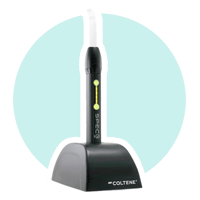
Developed for multiple curing methods, this rechargeable LED curing light features three distinct power modes: Standard, 3K, and Ortho. With an output of 1600 mW/cm2, the unit cures 2 mm in one second. It provides precise performance and significantly reduces chair time by penetrating polymerization on different cured materials. Its powerful lithium polymer battery ensures more than 300 ten-second cures between charges, and its lightweight, ergonomic construction reduces hand fatigue.
Bluephase® Style Curing Light
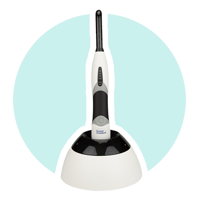
This LED curing light has a compact design to facilitate easy access to all tooth surfaces without compromising patient comfort. It provides a light output of 1100 mW/cm² for the polymerization of composites. Using Polywave LED technology, it provides a halogen-like broadband spectrum of 385 to 515 nm. A compact and ergonomic unit, it has a rechargeable lithium-polymer battery and goes from cordless to corded backup power in one click.
3M™ Elipar™ DeepCure-S LED Curing Light System
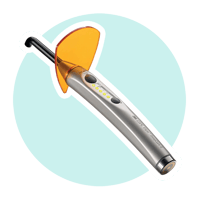
This LED curing light system guarantees efficient curing of bulk-fill and deep restorations. It has advanced optics for reliable and safe operation, compensating for slight movements and user variabilities. Featuring a light shield and light guide shaped to enable access to all areas of the mouth, this 1470 mW/cm2 system boasts a stainless steel housing, a lithium-ion battery, and a charging base with a charge indicator and intensity meter.
Conclusion
The right dental curing light can provide lasting service to any practice, and there are many good choices on the market. Opt for a curing light with outputs in wavelengths and intensities that are compatible with the restorative materials used in the practice. Also, consider factors like ergonomics, ease of use, and safety features to protect practitioners and patients while ensuring beautiful, solid handiwork.

.png)
